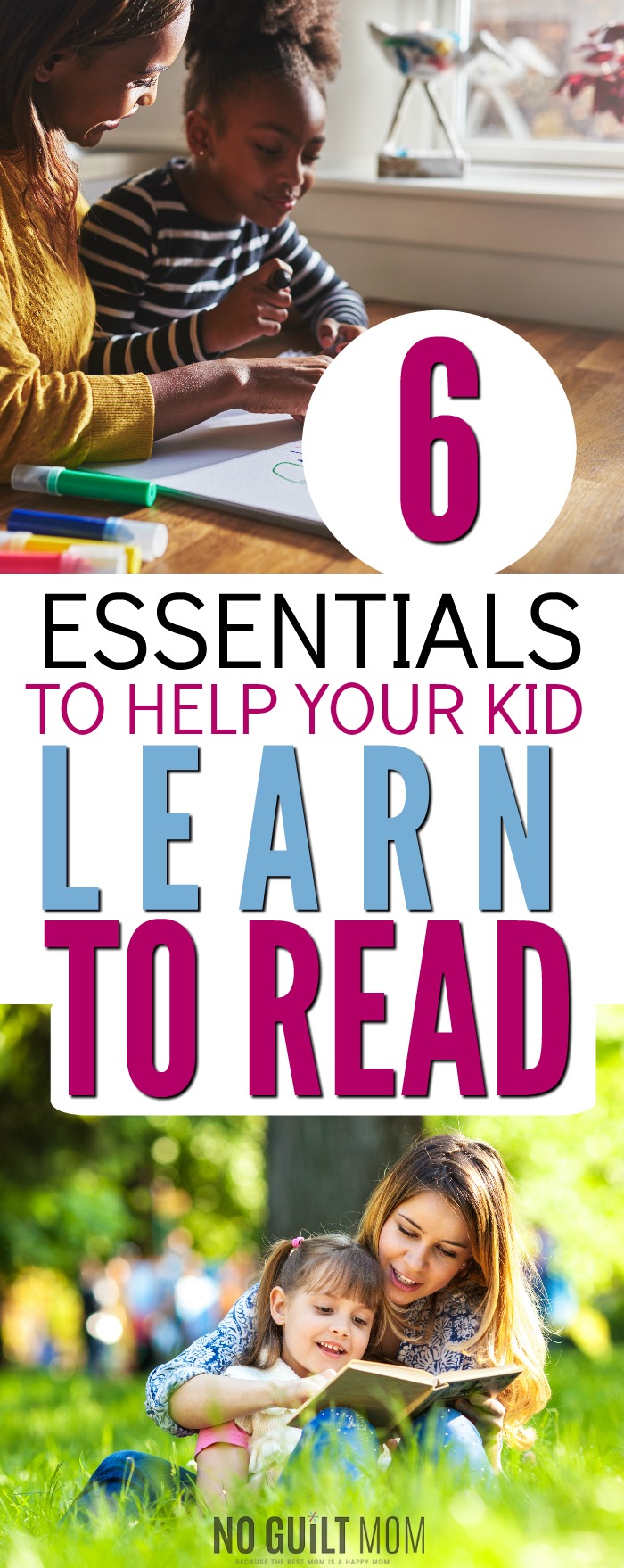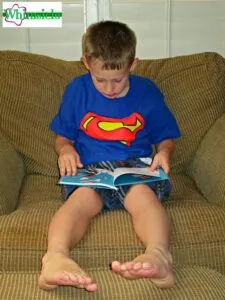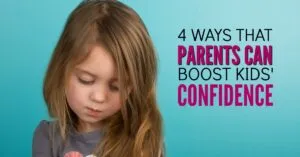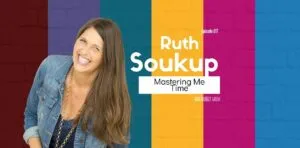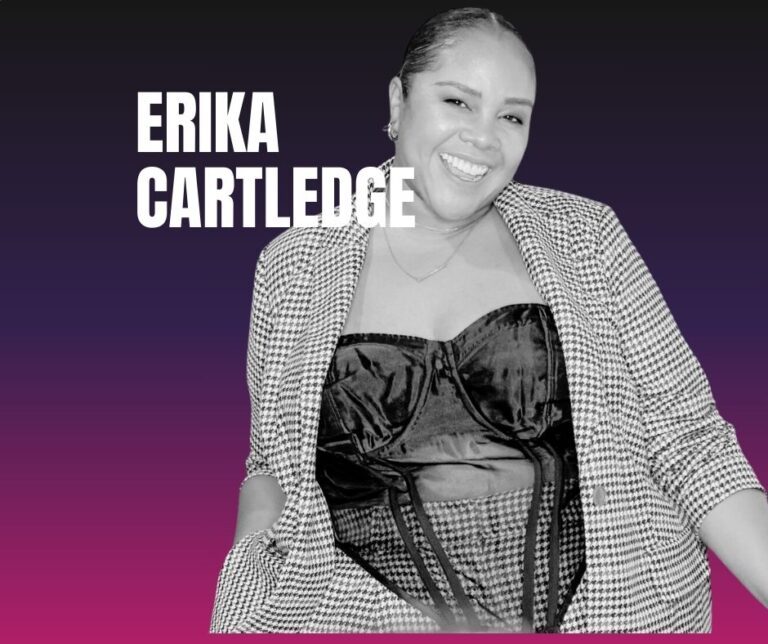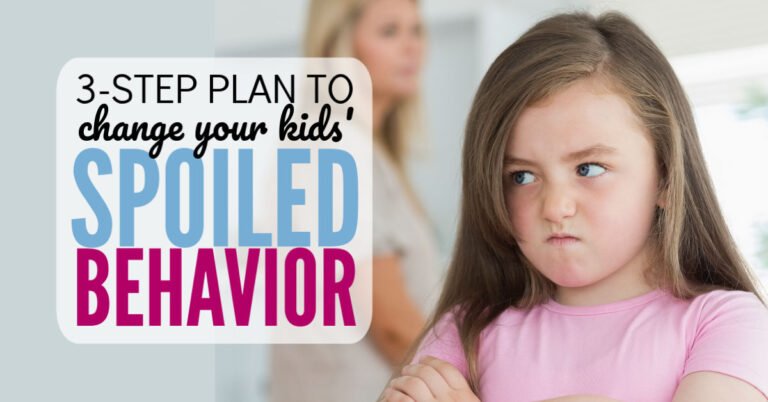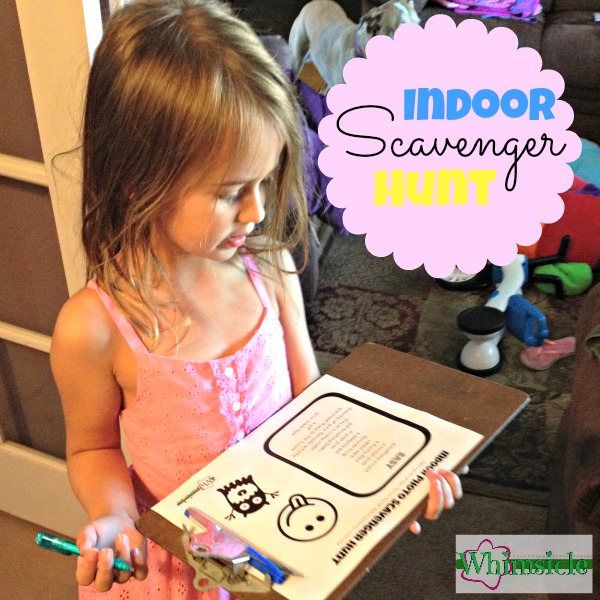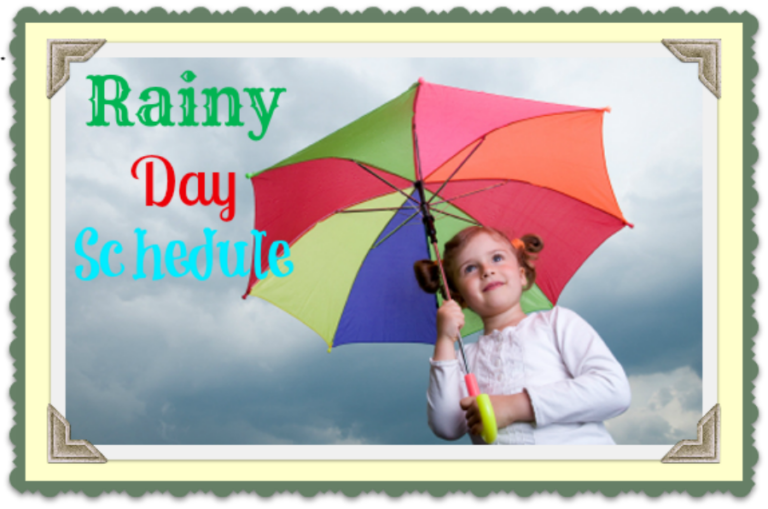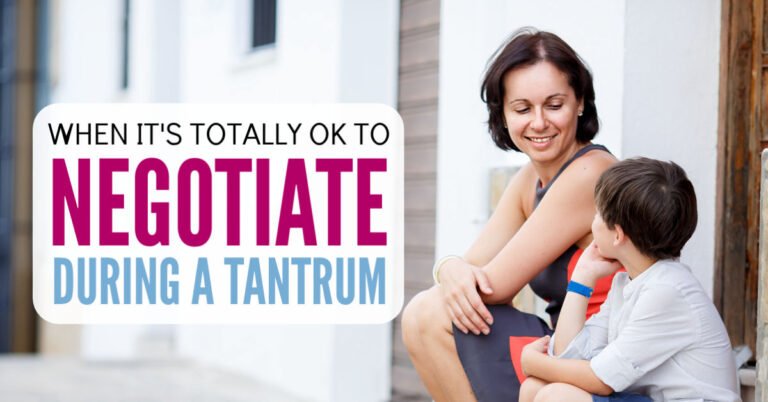Helping My Child Learn to Read – The 6 Essentials Parents Must Do
You might be asking yourself, “how can I help my child learn to read?”. Before you buy stacks of flashcards and reading workbooks, read on about what makes the most difference in kid’s reading ability.
We had just finished our homework routine when my daughter burst into tears.
She had completed her one page of math problems
…told me all 20 of her phonograms
….and now she had to read her take-home book
She opened the first page and stumbled over pronouncing a word in the first sentence
Slam! Down went the book on the table.
“I can’t do it mommy. I’ll never be able to read,” she told me.
Then she ran to her living room couch, buried her face in the couch cushions and sobbed.
She was five years old.
What do you do at that point as a parent?
I was frustrated and wanted to scream myself. Doesn’t she know how well she’s doing and how long this process takes?
I asked myself “what’s the best way I can help my child learn to read?”
Don’t worry about flashcards
First, let’s take a deep breath.
You do not have to be one of those parents who pulls out the reading flashcards and drills their child any chance she gets.
In fact, that practice probably does more harm than good.
Instead of showing reading as an enjoyable activity. flashcards make it seem like work.
Not fun work.
Work that your child will do anything to avoid.
In fact, the more your kid reads, the better she will get at it.
I’m always reminded of that scene in the movie Parenthood where Rick Moranis is constantly drills his child so that the kid can get into a good preschool.
The child is at the verge of tears.
You do not have to be that kind of parent to make sure that your child is a successful reader.
Here’s what you should do instead:
Provide lots of material
FYI: This post contains affiliate links to products I love and recommend. It costs you nothing extra if you purchase through my link, but I may get a small commission.
Kids WANT to enjoy reading.
From a very young age, children look forward to crawling into their parents laps and getting a story read to them.
Unfortunately, schools have turned reading into countless drills, worksheets, and evaluations ].
At home, you can show your child that reading doesn’t have to be that way.
And to do that, all you need to have is a large variety of books that they love.
Now, I’m not saying that you have to buy all those books.
In fact, don’t do it.
Because I can guarantee that once you buy a new book for your child, they’ll read it once and then never touch it again.
Of course, there will always be those old favorites that they’ll have you read them 10 times in a row until the sight of that light blue cover with all the dogs on it makes you cringe (I’m looking at you Sandra Boynton!).
Instead, take your child to the public library.
Check out as many books for your child that you can reasonably keep track of.
For me, that tends to be three at a time.
(That’s because I keep forgetting the due dates and end up owing $20 in fines.)
For preschoolers and kindergartners, I recommend checking out board books and the early readers.
These are the materials that will be easiest for your child to sight read and even memorize to pretend they are reading.
Don’t worry about the reading level. The only requirement for books is that your child seems interested in them.
Read signs during errands
In teacher speak, the first words that children learn how to read are usually environmental print.
These are the names of stores that are written in recognizable fonts with logos.
I think the first word that my daughter was able to read was Target – because of the big block red letters and the red bull’s-eye.
(Not because we went there all the time…. No no no)
Currently, my son knows how to read Starbucks.
One thing is for sure – your child’s reading of environmental print will absolutley give you insight into your own habits.
Help your child learn to read by telling them the names of each store you go into.
Pretty soon, they’ll be able to read the name of that store on trucks and from the side the road.
Help my child learn to read using apps?
The best thing about being a parent teaching your child how to read is that you get to focus on making it fun.
They will get a enough phonics drills in school that you simply don’t need to worry about it at home.
But, you will want to reinforce it.
And you can do that by using apps like ABC mouse (free 2-week subscription) or Reading Raven.
My son uses ABC Mouse and as a former teacher, I love that they have a learning path for every child to follow complete with puzzles, fun songs and coloring.
I think I can recite the P song by memory from hearing it over and over again.
There’s also a library of digital books that your child can choose to have read to them.
And it’s all fun.
Concentrate on sounds
In addition to making it fun, you can start breaking apart words by their sounds.
You might realize that your child is doing this already.
My son does. Just yesterday he asked, “Mommy, does pizza start with P?”
We then make the “P” sound: “puh” “puh”. (thank you letter P song from ABC Mouse)
You can do this in the car, by pointing out landmarks while driving and then figuring out the letter it starts with.
Watch out for a few sound “hangups” while playing this game:
Blends – These are when the sound of two letters is blended together-much like “B” and “L” in “blend.” You can hear the two distinct letter sounds but they are working together to make one sound.
Digraphs- This is when two letters come together to make one sound – like “p” and “h” at the end of the word digraph.
You also see this in “phone”. Simply tell your child that the letters “p” and “h” sometimes work together to make the sound ‘fff’.
Lots and Lots of…
Yep, you guessed it.
Reading.
But don’t think that it means you need to be hunched over a book reading stories to your kid 24-7.
Instead, take advantage of books on ABC Mouse or even audiobooks that you can check out from the library.
You don’t have to be the one physically reading to your child for your kid to benefit.
When I think of helping my child learn to read, I envision a process that’s fun for both of us. Because if it isn’t fun, how would it motivate my four-year-old to tackle it on his own?
By emphasizing letter sounds at home, providing loads of reading material and focusing on keeping reading fun, you are doing everything you can to teach your child to read.
Eventually, you’ll see that suddenly your child can pick out words..
…then choose more challenging books
…and start reading for longer amounts of time.
That’s when you know that you did it. You just created a reader for life.

